Table of Contents
What Is Paprika Made Of?
Paprika is made from dried and ground red peppers of the Capsicum annuum species. This spice is created by harvesting fully ripe red peppers, drying them thoroughly, and then grinding them into a fine powder. The specific pepper varieties used and the drying process determine whether the final product is sweet, smoked, or hot paprika.
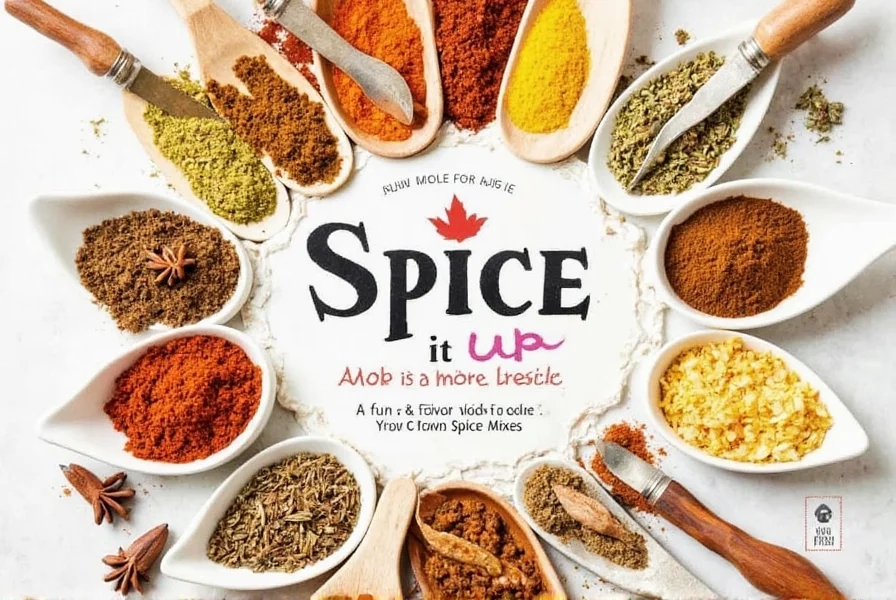
Paprika Production Process
Understanding the production process reveals why paprika varies in flavor and color. Here's how it's made:
- Harvesting: Red peppers are picked at peak ripeness when carotenoid pigments are most concentrated
- Drying: Peppers are dried using methods like sun-drying, air-drying, or wood-smoking (for smoked varieties)
- Grinding: Dried peppers are finely ground into powder using specialized mills
- Sifting: Powder is sifted to ensure consistent texture and remove seeds/stems
The entire process takes 1-3 weeks depending on drying method. Traditional Hungarian paprika uses specific pepper varieties like Szegedi and Kalocsa, while Spanish pimentón uses La Vera peppers.
Types of Paprika and Their Uses
| Type of Paprika | Flavor Profile | Best For |
|---|---|---|
| Sweet Paprika | Mild, slightly sweet | Paella, deviled eggs, seasoning meats |
| Smoked Paprika | Smoky, earthy | Grilled meats, stews, sausages |
| Hot Paprika | Spicy, bold | Chili dishes, spicy sauces, marinades |
Knowing the difference between these types helps you choose the right paprika for your recipe. Sweet paprika adds color without heat, while smoked paprika brings depth and complexity. Hot paprika is for those who like their meals with a kick.
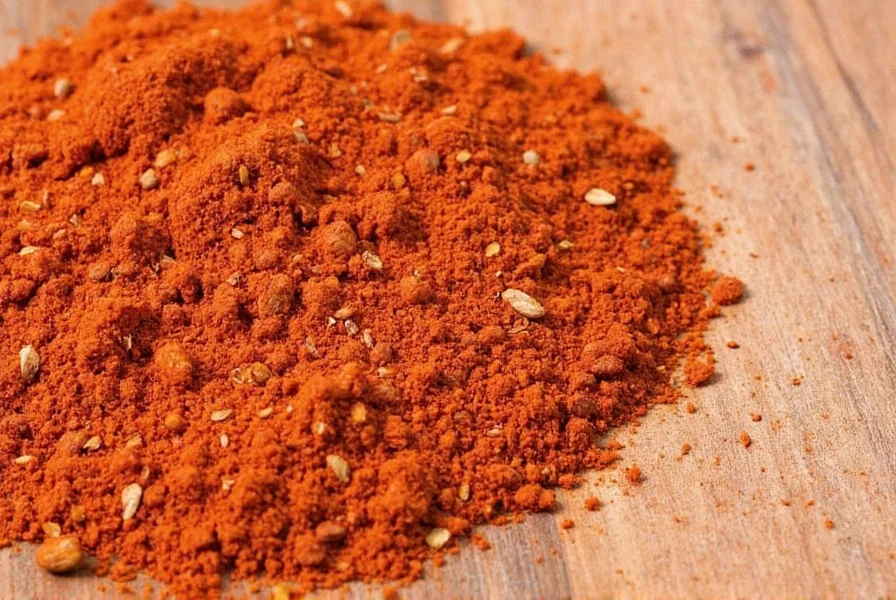
Cooking Tips for Using Paprika
Whether you're a seasoned chef or just starting out, here are some practical tips to help you make the most of your paprika:
- Add it early: Paprika is often added at the beginning of cooking to allow its flavor to infuse into the dish
- Use it as a finishing touch: Sprinkle it on top of soups, salads, or roasted vegetables for a burst of flavor and color
- Pair it with other spices: Paprika works well with garlic, cumin, oregano, and chili flakes. Experiment with combinations to find your favorite
- Store it properly: Keep paprika in an airtight container away from light and moisture to preserve its potency
According to the USDA Food Database, paprika's vibrant red color comes from carotenoids like capsanthin and capsorubin. These compounds are most concentrated in fully ripe peppers and degrade quickly when exposed to light.
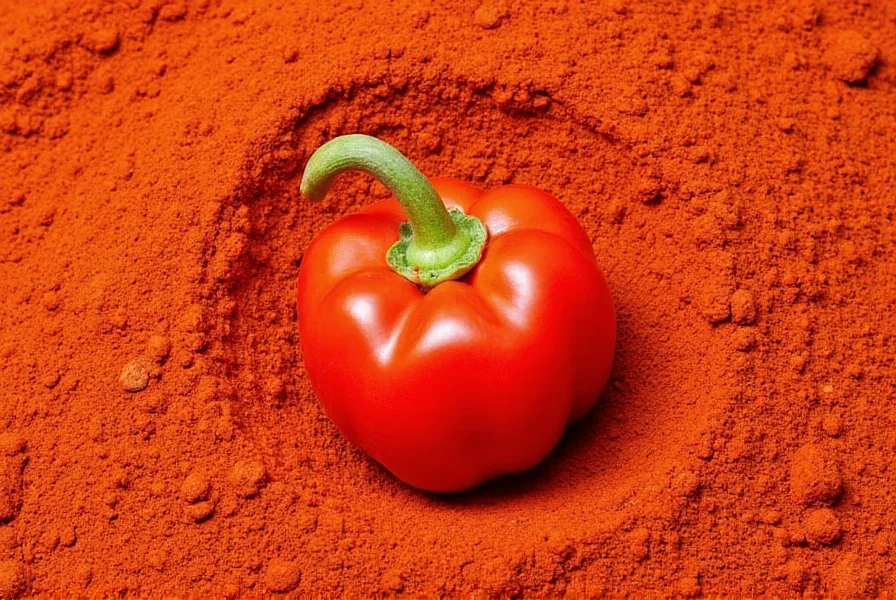
Buying Guide: How to Choose the Best Paprika
When selecting paprika, consider these key factors for quality:
Features to Look For
- Origin: Spanish paprika (Pimentón de la Vera) tends to be smokier, Hungarian paprika is known for its vibrant color and sweetness
- Color: The redder the paprika, the better. Avoid powders that look dull or yellowish, as they may be old or low quality
- Texture: High-quality paprika should be fine and powdery, not clumpy or gritty
Recommended Products
Based on food science evaluations:
- La Tienda Smoked Paprika: Known for its rich, smoky flavor, ideal for grilled dishes and stews
- McCormick Sweet Paprika: A reliable option for everyday cooking, great for adding color and mild flavor
- Hungarian Paprika (Csepel): Offers a bold, smoky taste perfect for traditional Hungarian recipes
When choosing a paprika, think about the dish you're preparing. If you're making a spicy chili, go for hot paprika. For a classic paella, sweet or smoked paprika will work best.
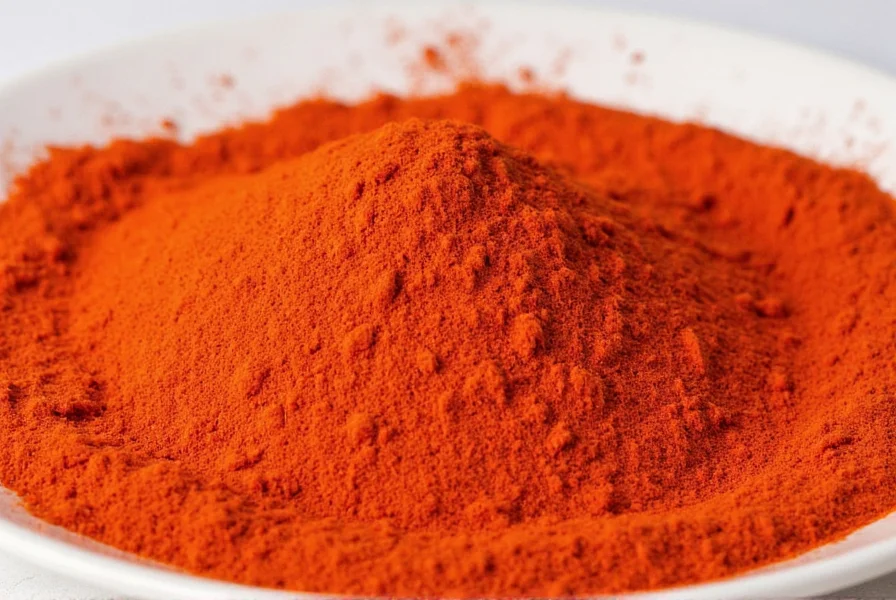
Frequently Asked Questions
What exactly is paprika made from?
Paprika is made from ground dried peppers of the Capsicum annuum species. This includes specific varieties of red peppers like Hungarian Kalocsa peppers or Spanish La Vera peppers. The peppers are harvested when fully ripe (red stage), then dried using traditional methods (sun-drying, air-drying, or wood-smoking), and finally ground into a fine powder. Pure paprika contains only peppers with no additional ingredients, though some commercial products may include anti-caking agents like silicon dioxide.
Is paprika just ground-up peppers, or are there other ingredients?
Traditional paprika from Hungary and Spain is typically 100% ground peppers with no additives. However, some commercial products may include anti-caking agents like silicon dioxide or rice flour to prevent clumping. When purchasing, check the label to ensure you're getting pure paprika without fillers if that's what you prefer. Authentic paprika should list only "paprika" or "ground peppers" as ingredients.
How is smoked paprika different from regular paprika?
Smoked paprika (pimentón) is made by drying peppers over oak or other wood fires before grinding, which imparts a distinctive smoky flavor. Regular paprika is air-dried without smoke exposure. This smoking process creates a completely different flavor profile—smoked paprika has deep, complex, barbecue-like notes, while regular paprika has a cleaner pepper flavor. The smoking process doesn't necessarily affect the heat level, as smoked paprika comes in sweet, bittersweet, and hot varieties.
What gives paprika its vibrant red color?
Paprika's intense red color comes from carotenoids, natural pigments found in red peppers. The primary carotenoids in paprika are capsanthin and capsorubin, which are fat-soluble compounds that give peppers their characteristic red hue. These compounds are most concentrated when peppers are fully ripe (red stage). Higher quality paprika maintains this vibrant color because it's made from ripe peppers and processed carefully to preserve these pigments.
Is paprika the same as chili powder?
No, paprika and chili powder are not the same. Paprika is made from a single ingredient: ground red peppers. Chili powder is typically a spice blend containing ground chili peppers plus other spices like cumin, garlic powder, oregano, and salt. Paprika has a more pure pepper flavor, while chili powder has a more complex, seasoned taste. In some countries (like the UK), "chili powder" may refer to pure ground chilies, but in the US, it's almost always a blend.
Can I make paprika at home?
Yes, you can make paprika at home! Start with fully ripe red bell peppers or chili peppers (depending on whether you want sweet or hot paprika). Remove the stems and seeds, then slice the peppers into thin strips. Dry them either in a food dehydrator at low temperature (125-135°F) for 8-12 hours, or in an oven on the lowest setting with the door slightly ajar. Once completely dry and brittle, grind the peppers in a spice grinder or food processor until you have a fine powder. Store in an airtight container away from light. Note that homemade paprika won't have the same consistency as commercial varieties but will have a fresh, vibrant flavor.
Why does paprika vary so much in price?
Paprika prices vary based on several factors: origin (Hungarian and Spanish paprikas often cost more due to traditional production methods), quality (higher pigment content commands higher prices), processing method (smoked paprika requires additional labor), and whether it's labeled as sweet, smoked, or hot. Premium paprikas like Hungarian "Cseperke" or Spanish "Pimentón de la Vera" are more expensive because they're made from specific pepper varieties grown in designated regions using traditional methods. The finest paprikas can cost 5-10 times more than generic supermarket brands.
Conclusion
Paprika is made from dried and ground red peppers of the Capsicum annuum species. Understanding its production process helps you appreciate its versatility and use it more effectively in your cooking. Whether you're using it to add color, flavor, or heat, paprika is a valuable addition to any spice rack.
Next time you reach for that red powder, remember it's more than just a seasoning. It's a flavor enhancer, a cultural staple, and a symbol of culinary tradition. With the right knowledge and a little experimentation, you can unlock the full potential of paprika in your kitchen.
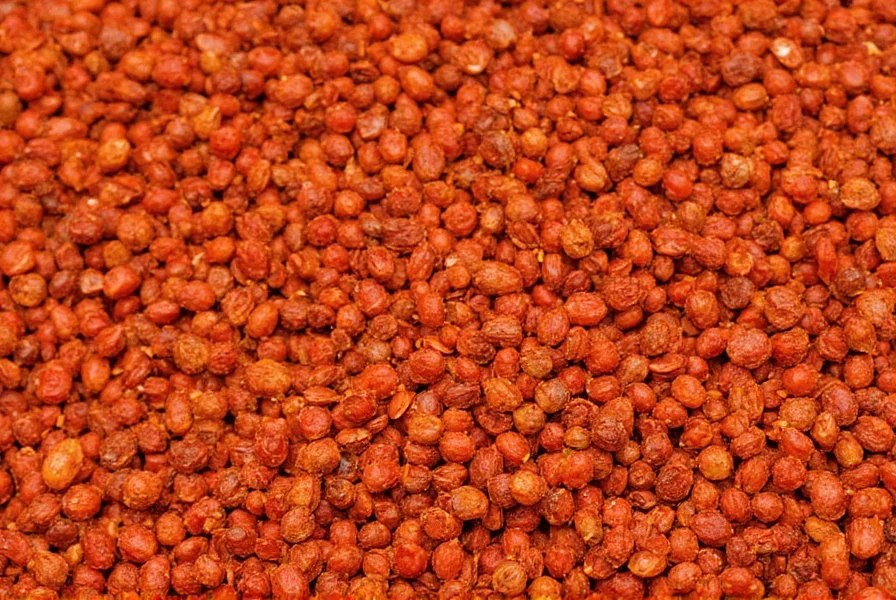










 浙公网安备
33010002000092号
浙公网安备
33010002000092号 浙B2-20120091-4
浙B2-20120091-4